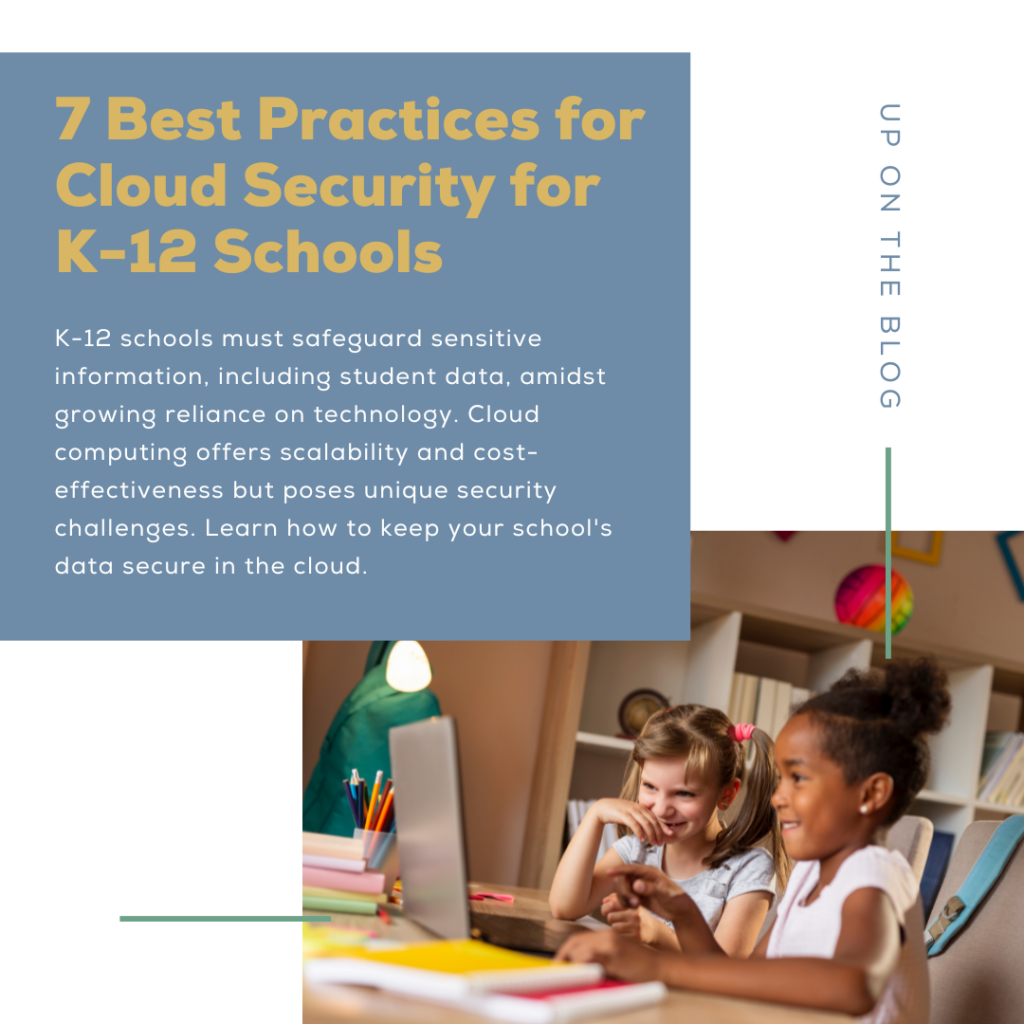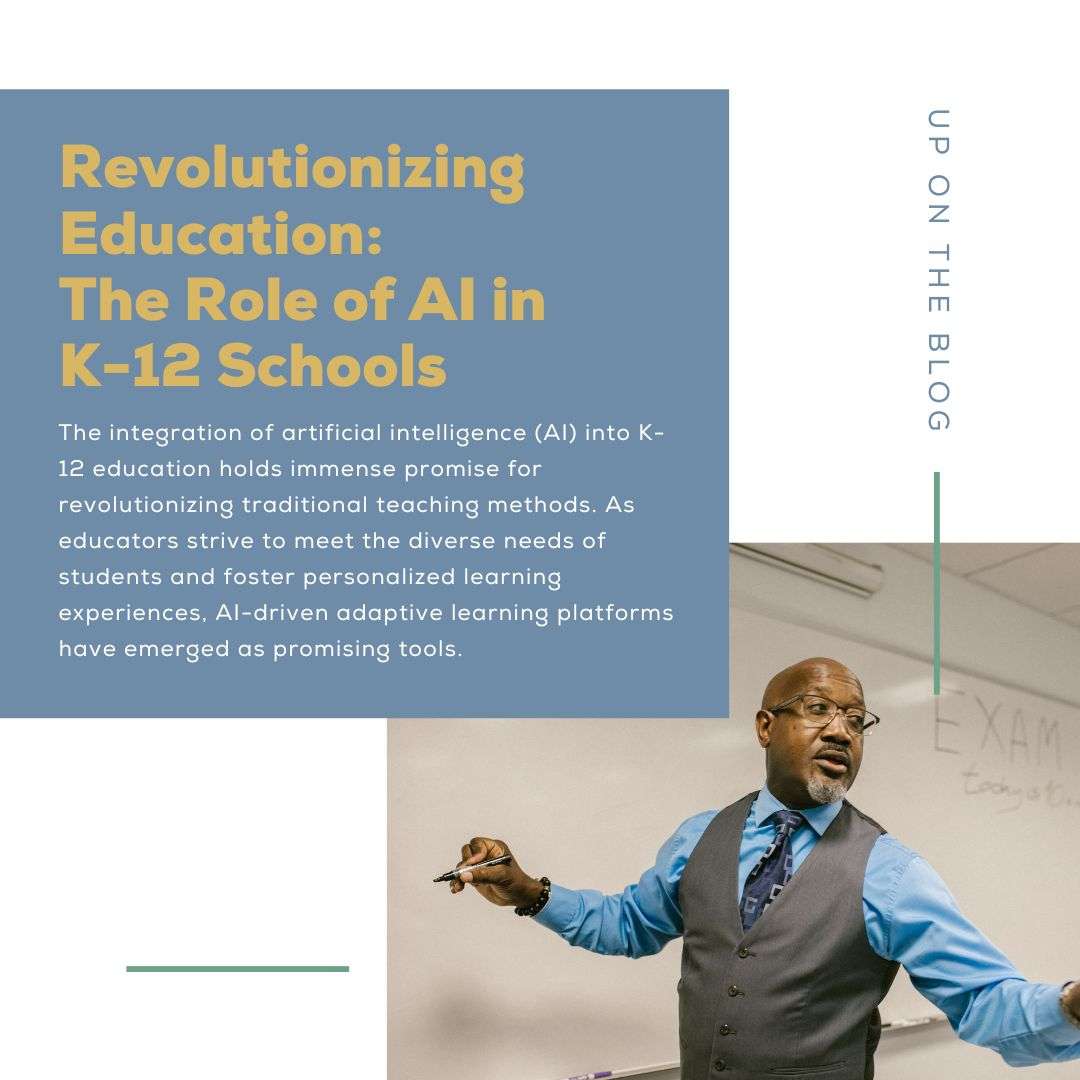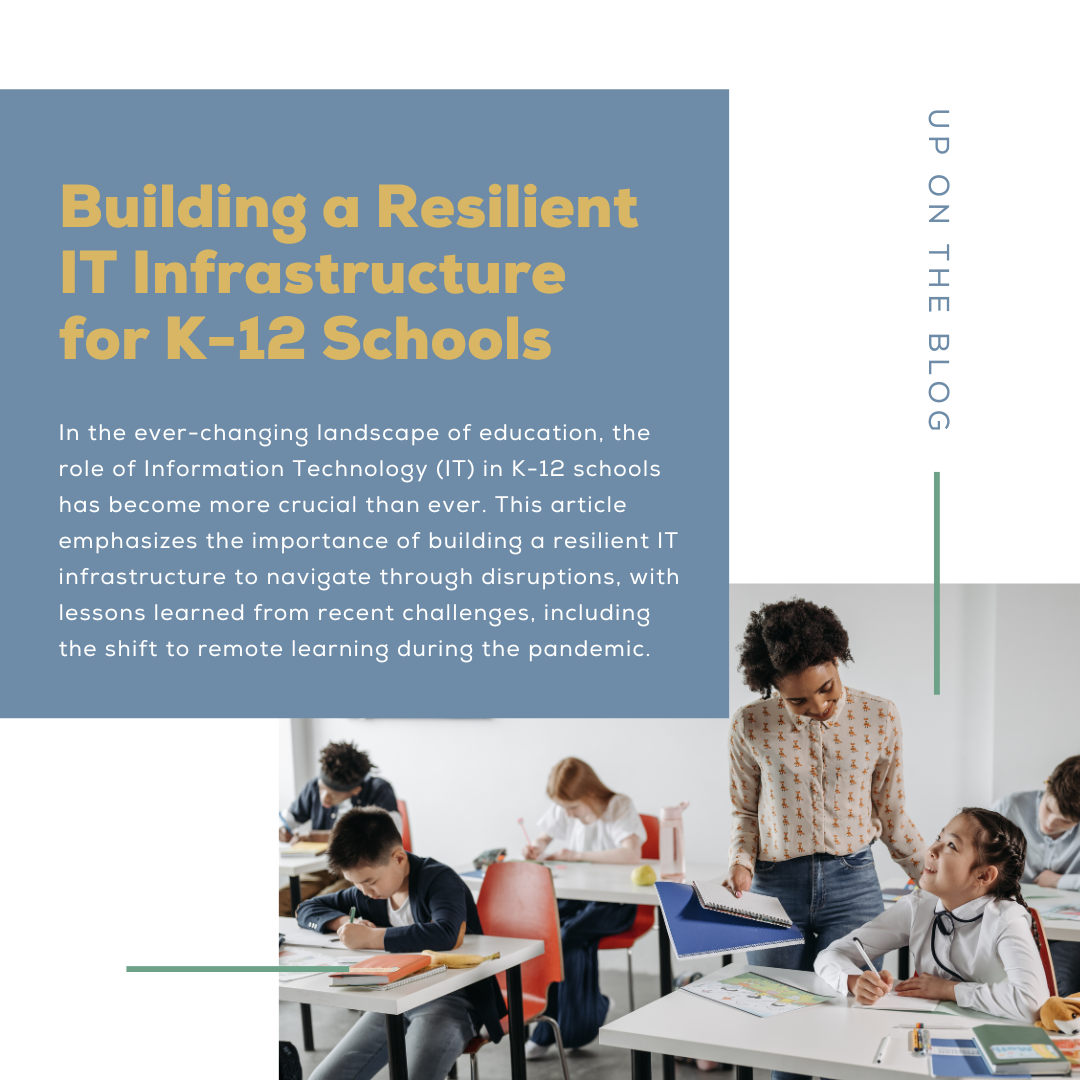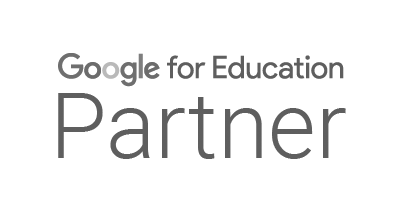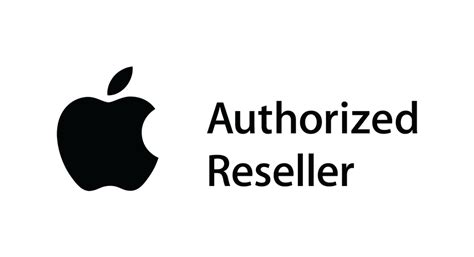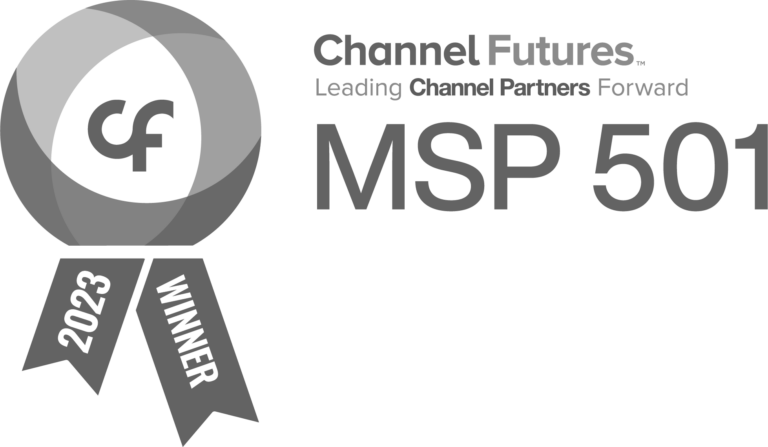With the growing integration of and reliance on technology in education, K-12 schools are entrusted with the responsibility of safeguarding sensitive information, including student data, staff information, and administrative records. Especially due to the increased use of cloud computing in educational institutions, it is crucial to understand how to keep your school’s data secure in the cloud. Cloud computing offers numerous benefits, such as scalability, cost-effectiveness, and ease of access, but it also poses unique security challenges that require proactive measures to mitigate risks.
Here are seven best practices to keep your school’s data secure in the cloud:
#1 Choose a reputable cloud service provider.
The first step in securing your school’s data in the cloud is to select a reputable cloud service provider (CSP). Look for established providers with a proven track record in data security and privacy, and check their compliance with relevant regulations, such as the Family Educational Rights and Privacy Act (FERPA) and the Children’s Online Privacy Protection Act (COPPA). Review their security measures, data encryption protocols, and backup procedures to make sure they align with your school’s security requirements. Depending on the devices your school employs, Google Drive and Microsoft 365 Education are two that we recommend at Technology Lab.
#2 Implement strong access controls.
Access control is critical in protecting sensitive data in the cloud. Ensure that only authorized personnel have access to your school’s data, and limit access privileges based on job roles and responsibilities. Use multi-factor authentication (MFA) for all user accounts, including staff and administrators, to add an additional layer of security. Regularly review and revoke access for users who no longer require it or who have left the school.
#3 Encrypt your data.
Encryption is a key security measure to protect data in transit and at rest. Encrypt your data both when it is being transmitted to the cloud and when it is stored in the cloud. Use industry-standard encryption algorithms like AES (Advanced Encryption Standard) to secure your data. Additionally, encrypt any backups or snapshots of your data stored in the cloud to prevent unauthorized access.
#4 Backup your data.
Backing up your school’s data is essential to maintaining business continuity and data recovery in case of any data loss or breach. Implement regular and automated data backup procedures in the cloud, and test the restore process to make sure that you can recover your data when needed. Store backups in separate, secure locations to prevent data loss in case of a disaster or breach.
#5 Train your staff on data security.
Educate your school staff on data security best practices, including teachers, administrators, and support staff. Conduct regular training sessions to raise awareness about phishing attacks, password security, and safe browsing habits. Emphasize the importance of not sharing login credentials, not clicking on suspicious links or downloading unknown attachments, and reporting any security incidents immediately. Regularly review and update your school’s data security policies and procedures, and ensure that all staff members know and follow them.
#6 Monitor and audit your data.
Implement regular monitoring and auditing procedures to detect any suspicious activities or unauthorized access to your school’s data in the cloud. Use security tools like intrusion detection systems (IDS) and security information and event management (SIEM) solutions to track and analyze data access, usage patterns, and potential security threats. Regularly review logs and audit trails to identify any anomalies or security gaps and take appropriate actions to address them.
#7 Keep your software and systems up to date.
Regularly update your cloud-based software, applications, and systems to the latest versions to verify that known vulnerabilities are patched. Cloud service providers often release security updates and patches to address known security risks, and it is important to apply them promptly to protect your school’s data. Keep all user devices, such as laptops, tablets, and smartphones, updated with the latest security patches.
If you are looking for more personalized support and guidance on how to best secure your school’s data and use the cloud safely, you’re in good hands with Technology Lab. We support K-12 schools with IT solutions with expertise in cybersecurity. Reach out for a free Discovery Call today to see how we can help you and your school optimize your technology and technology security.

